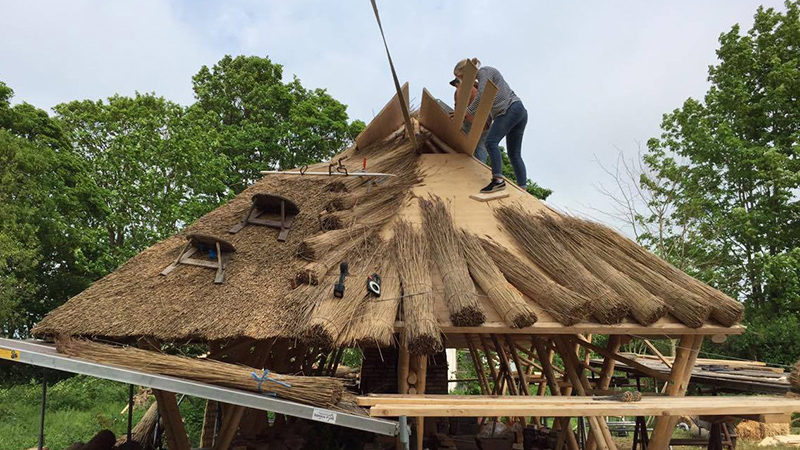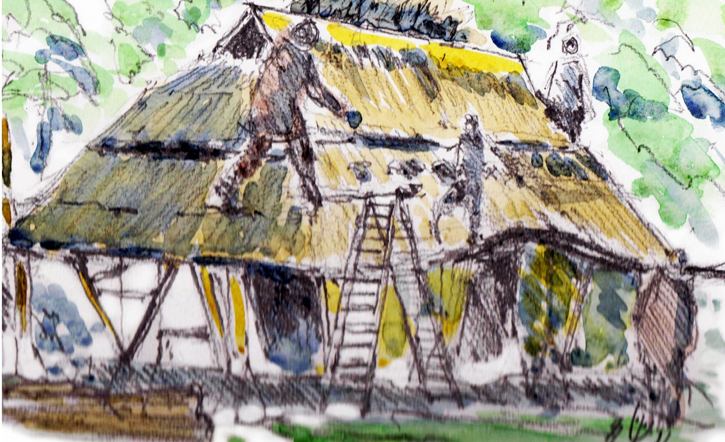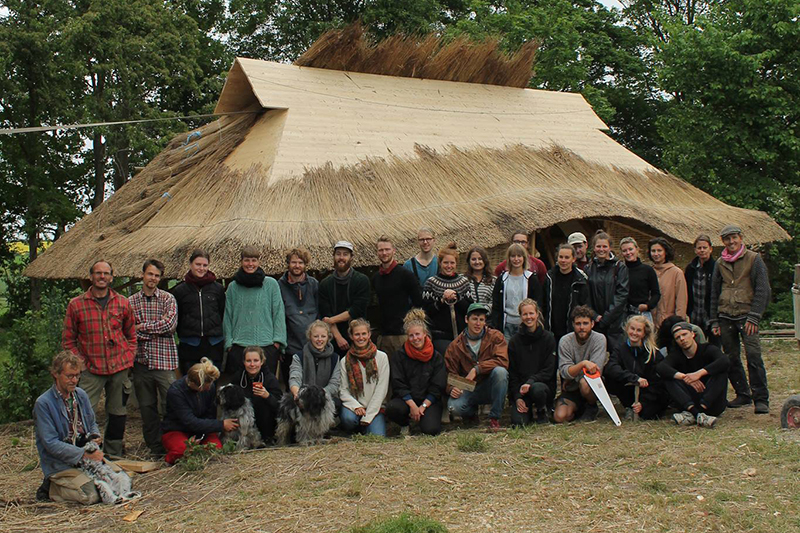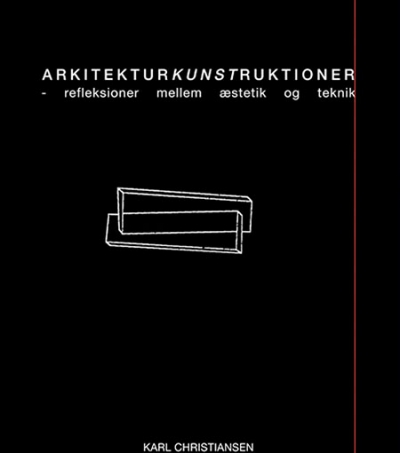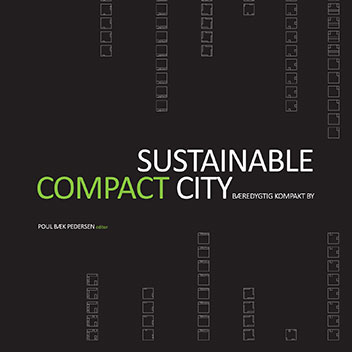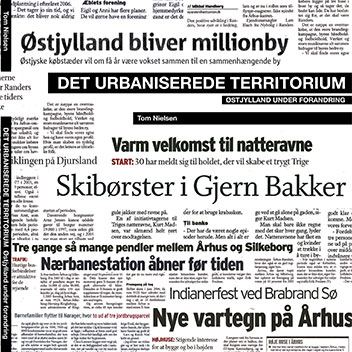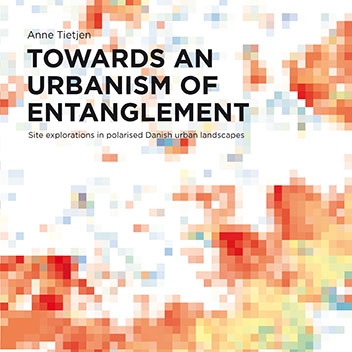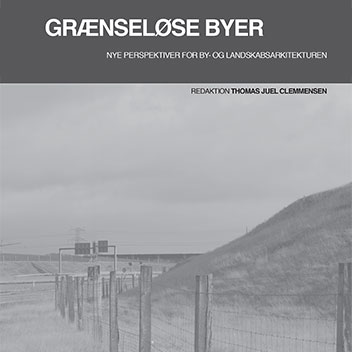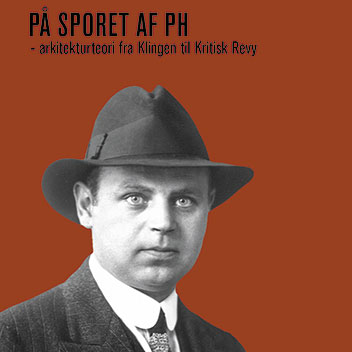Publication / 2016
The workshop Nordic Craft and Architecture introduced a group of bachelor students to vernacular materials and crafts in spring 2016. The workshop prompted many happy responses from the students like: “We are nice young architecture students in clean clothes who get our hands dirty.”
The publication Handcraft – A Food House documents the workshop, but can also be read as an introduction to vernacular architecture. The publication explores four different natural materials and their properties but also different tools and techniques used for e.g. thatching.
Throughout the publication, the construction of the food house is recorded in great detail to exemplify how the different materials and techniques are put into actual use.
The publication is richly illustrated with photographs and watercolours by the students. The cover watercolour is made by architect Erik Toft.
Building The Food House
During the three-week workshop Nordic Craft and Architecture, the students studied architectural design traditions and craftsmanship. They explored the interventions and possibilities of a small-scale building by using handmade vernacular materials: straw/seaweed, unburnt clay bricks, lime mortar and mussel shells, and wood.
The students ended up building a 40 m2 food pavilion from cypress rafters with a straw-thatched roof, and walls of wicker.
The workshop took place at Handar, a new school for handicraft and vernacular materials in Djursland, which is run by Frank Erichsen, who is known for his great commitment to and promotion of self-sufficiency.
CONTACT
Related
YOU MAY ALSO BE INTERESTED IN

